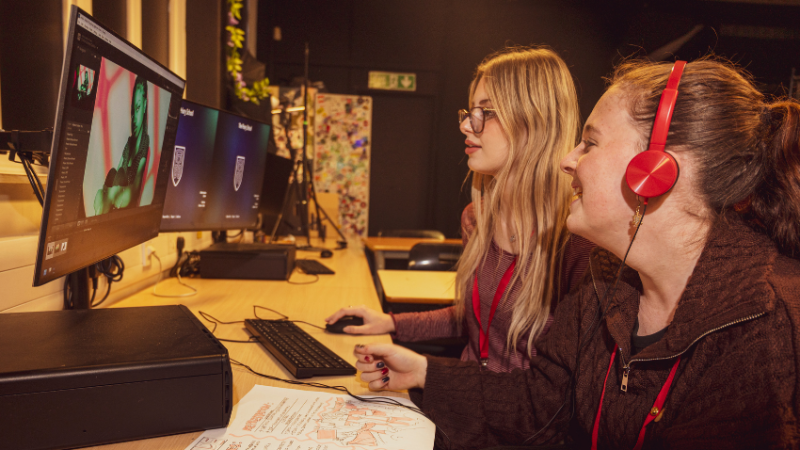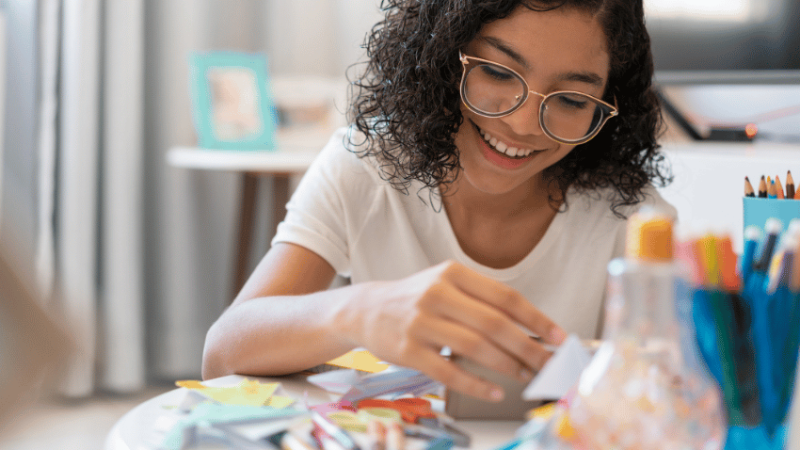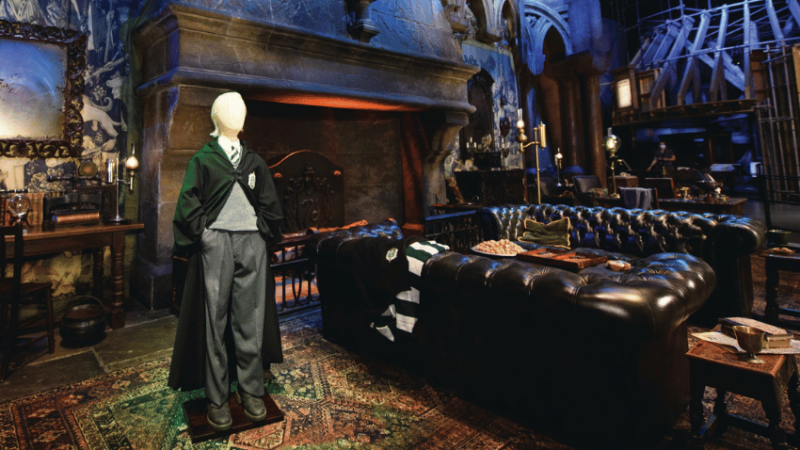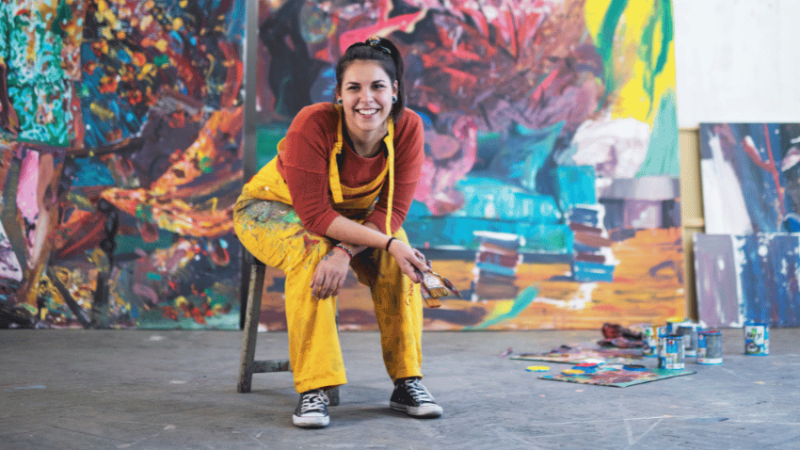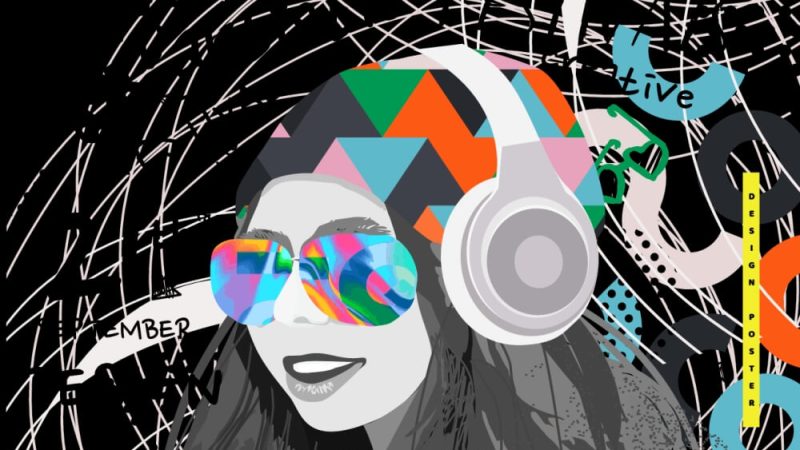Creative arts are for everyone – What all secondary students can get from studying the arts
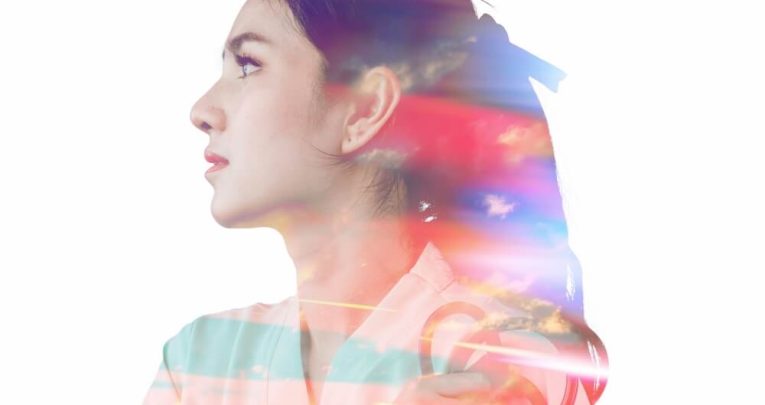
Hannah Day explains why a solid grounding in the creative arts and creative expression is vital for developing adaptable, resourceful and independent learners…
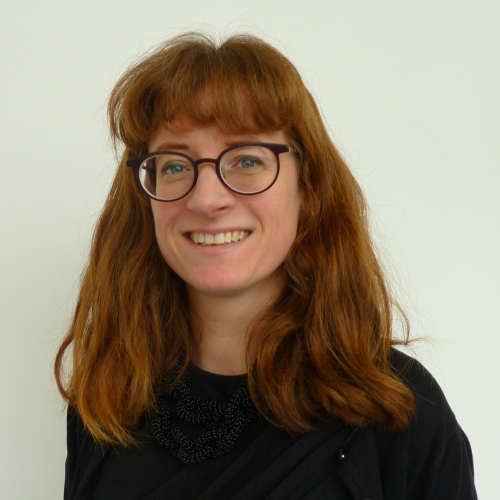
- by Hannah Day
- Head of art, media and film at Ludlow College Visit website
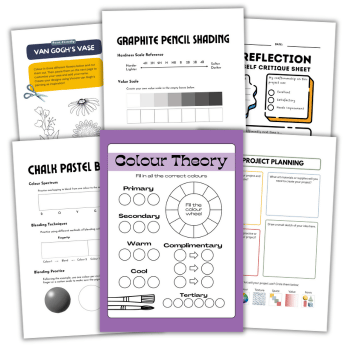
When I started teaching, the buzz phrases of the day were ‘transferable skills’ and ‘cross-curricular learning’, promoting the idea that every subject imparted skills that were useful in other subjects and across a student’s wider life.
So why can schools make such narrow links between a students’ GCSE and A Level choices and their post education outcomes? And why do we often present the idea that art education in particular is only relevant for those interested in going into a creative industry?
The fine art of skill building
Let’s look at the structure a specialist teacher in art will use to guide students through a project, and see what skills each experience has the opportunity to build.
First, you research an artist or artists and art movements, learning about concepts, themes and experiences. You then have to make sense of, analyse and explain them.
Skills learnt: Research, comprehension and written communication
You then experiment and explore these ideas further in practice, whether the subject area is painting, illustration, photography, creative writing, textiles/fashion, graphic design or visual art.
Skills learnt: Problem solving, craftsmanship, practical and fine motor skills, judgment, refinement, ongoing assessment and target setting
Finally, you refine your work, developing it into a more-focused expression of your ideas and aims.
Skills learnt: Perseverance, reflection, selection based on critical review
Creative courses add real value
Can you name a degree, or indeed any job, that doesn’t require research, analysis, judgment of progress and the ability to manage one’s own work? And to demonstrate these within a set of expectations and within a set timespan?
Findings from The Cultural Learning Alliance in 2017 showed that structured art activities increased students’ cognitive abilities by 17%. Those are abilities that students will be taking out of your art rooms, into the wider school and beyond.
This is backed up by further research from across the globe, such as Ludke et al’s work showing how singing can help with acquiring language skills. Schellenberg, meanwhile, identified links between dance and drama and increased social skills. Any would-be carers, youth and social workers – take note…
Creative arts – industry links
The defence lawyer John Henry Brown, perhaps most famous for representing Ted Bundy, once said that “Performing is part of the job… I did theatre in high school”. It’s thus not surprising to find that the UCAS website lists drama, music, and performing arts at the top of the ‘related subjects’ section on a page detailing the job of a Barrister.
We can also look to science. Roger Kneebone, professor of surgical education at Imperial College London, was quoted in The Guardian as stating that the lack of hands-on practical skills taught at schools was leaving students without an understanding of how the physical world works.
In his work with the Edge Foundation, Kneebone has further argued that creativity should be at the very heart of education, and that its comparative absence from the current curriculum harms not just the creative industries, but also the field of scientific study.
This wider link between the arts and sciences is well established, of course – perhaps most famously in the work of Leonardo Da Vinci that seamlessly spans both, but also that of the Romantics, through their fascination with the natural world and belief that art could be used to question and understand in much the same way as science.
The novelist and chemist CP Snow once lamented how the arts and science were starting to constitute ‘two cultures’, and urged that bridges be built between them.
Whether we teach a creative subject or form part of a school’s wider subject provision, we must be clear as to the value of creative education, and carefully explain how the skills it cultivates can contribute to all career paths in one way or another. Put simply, who should be studying art? Make that a resounding everyone…
Hannah Day is head of visual arts, media and film at Herefordshire and Ludlow Sixth Form College, where she has responsibility for overseeing the department’s teaching and strategic development. Read advice from Hannah for helping students with their GCSE art final piece.





